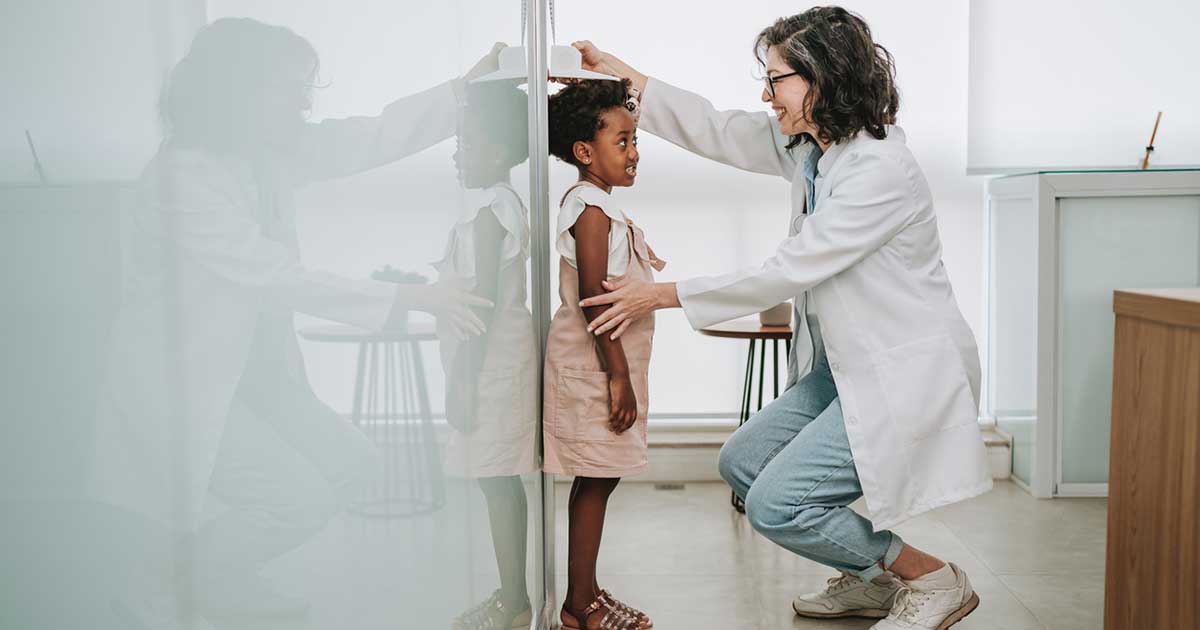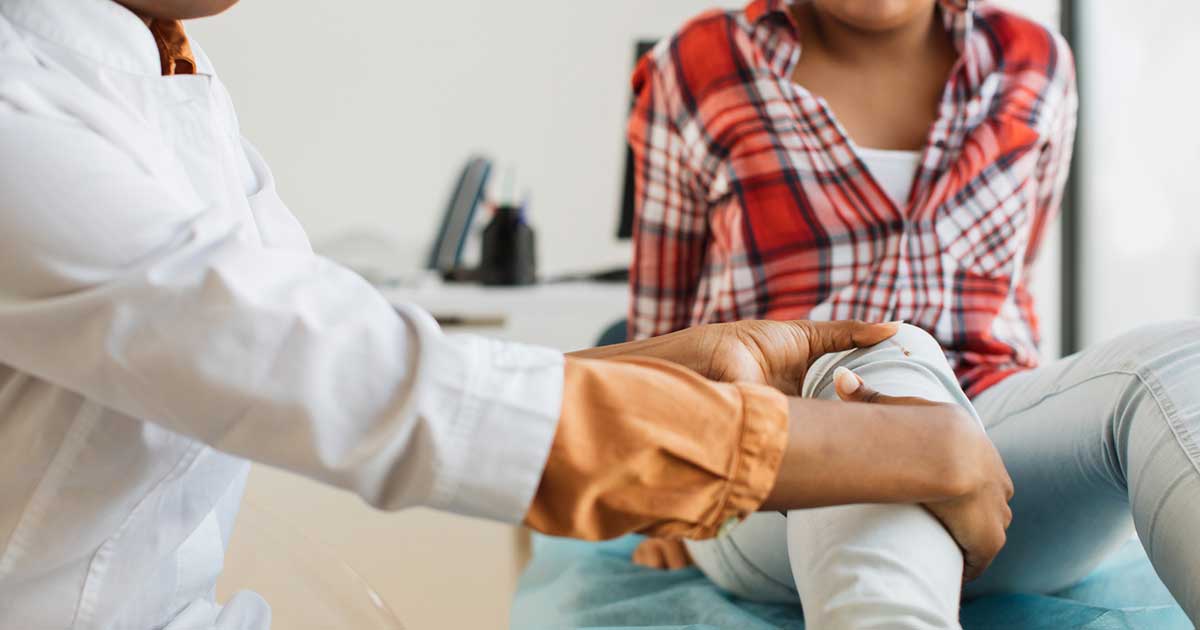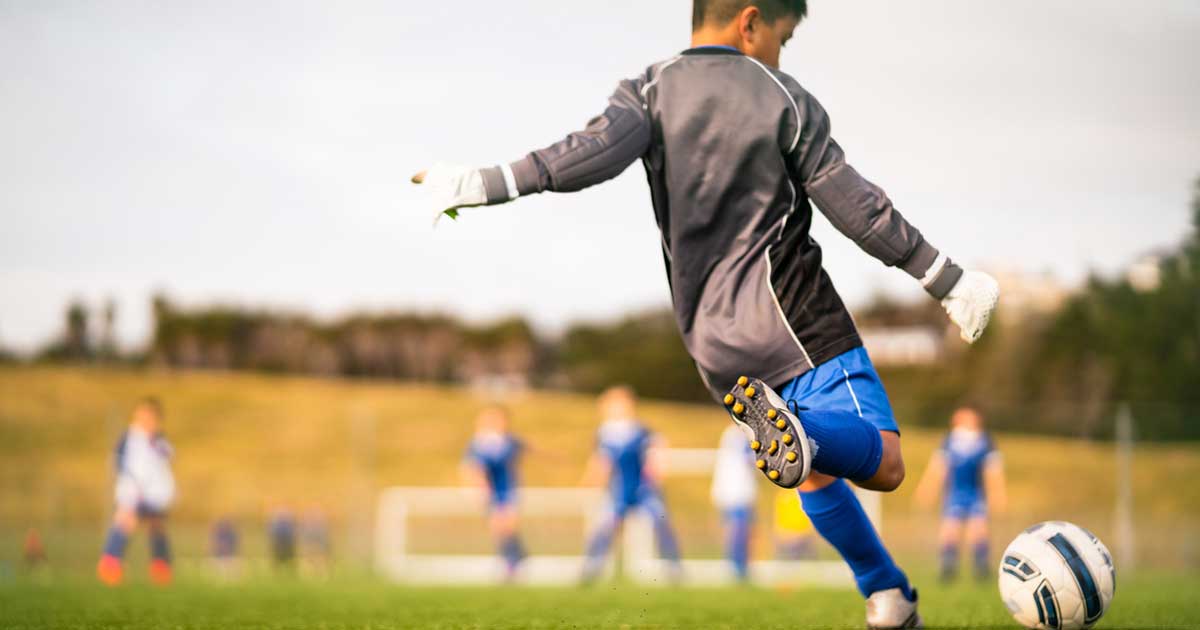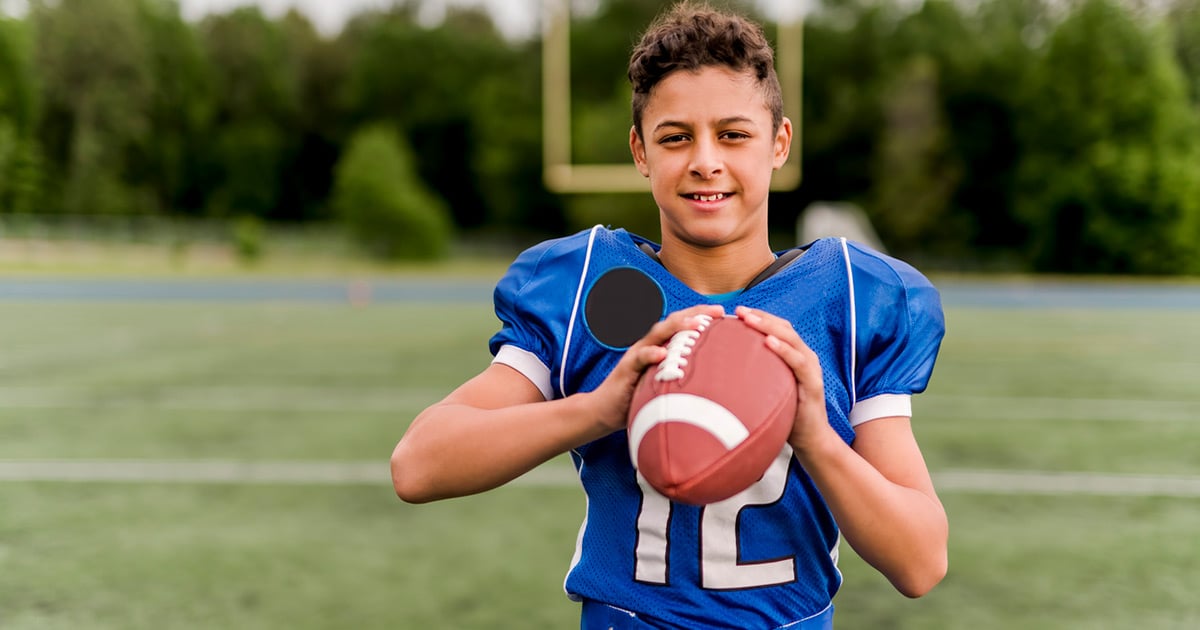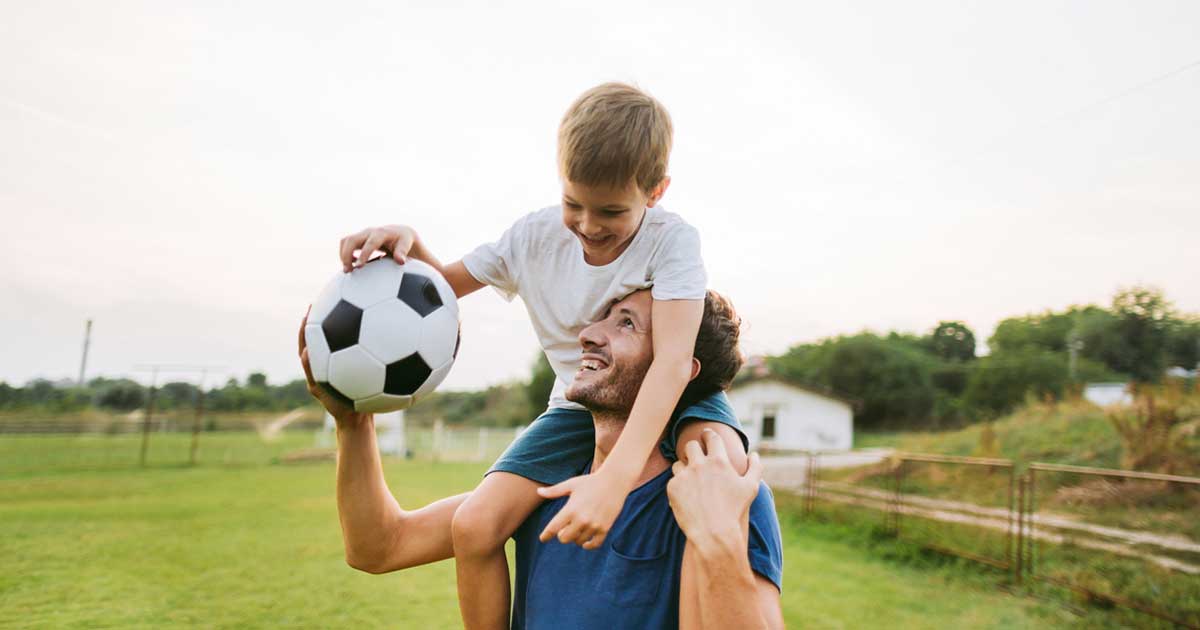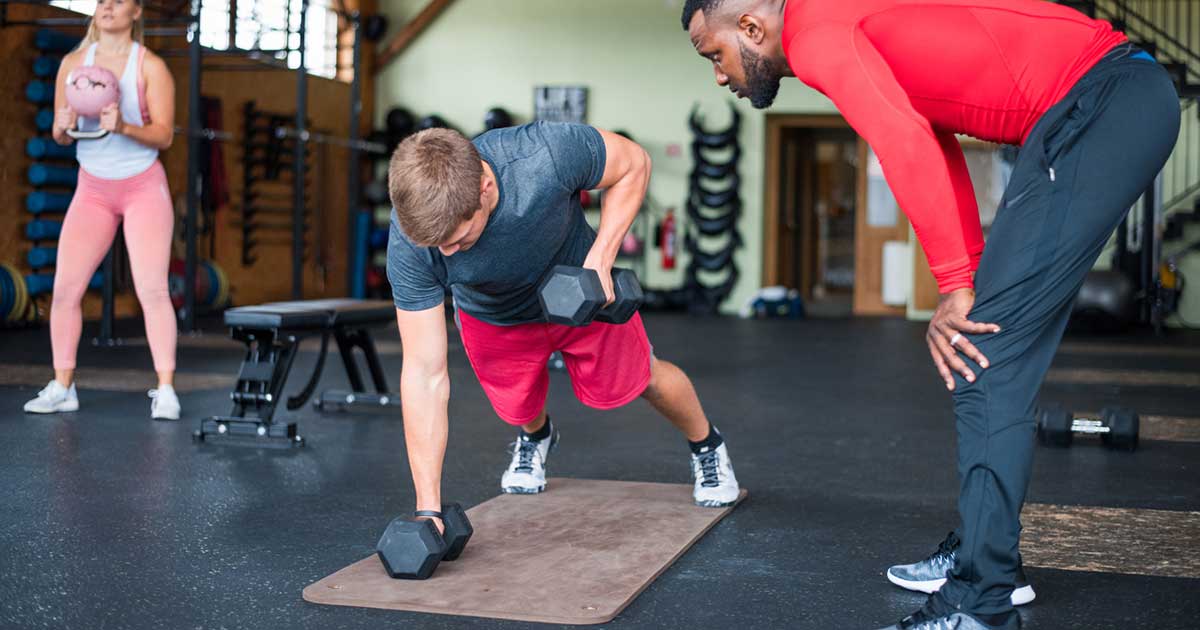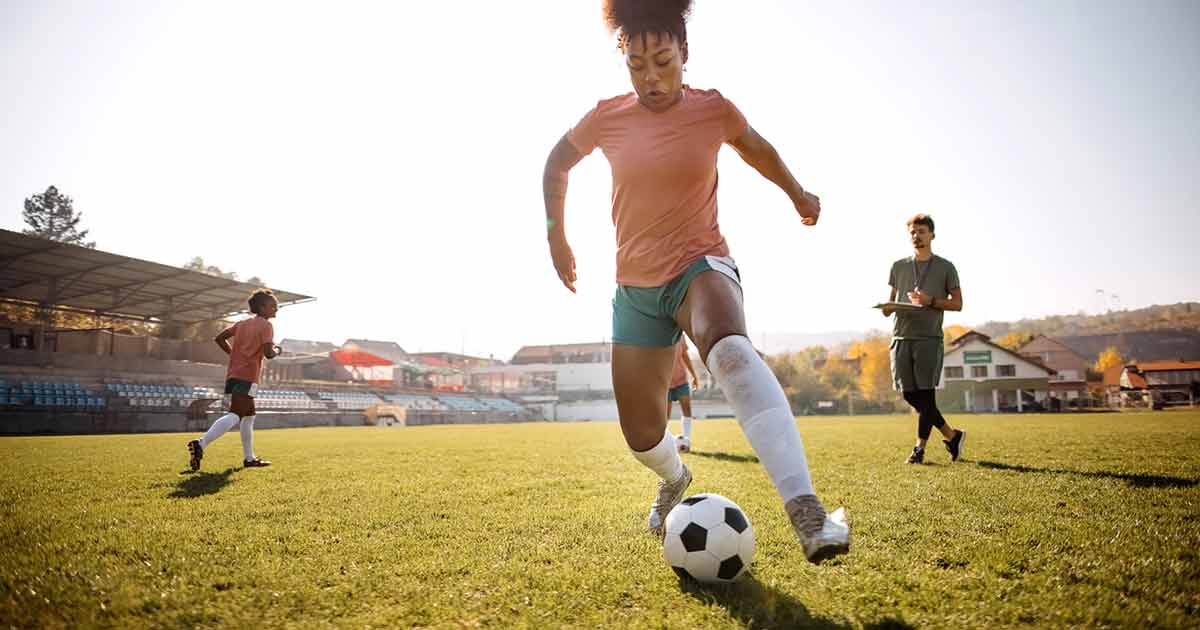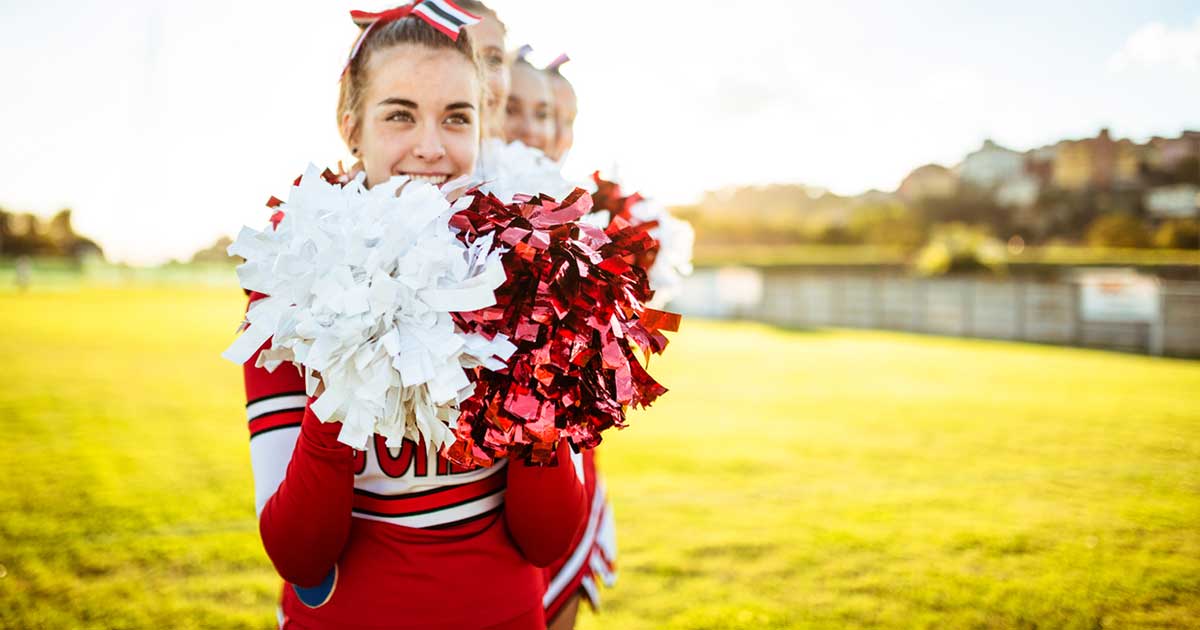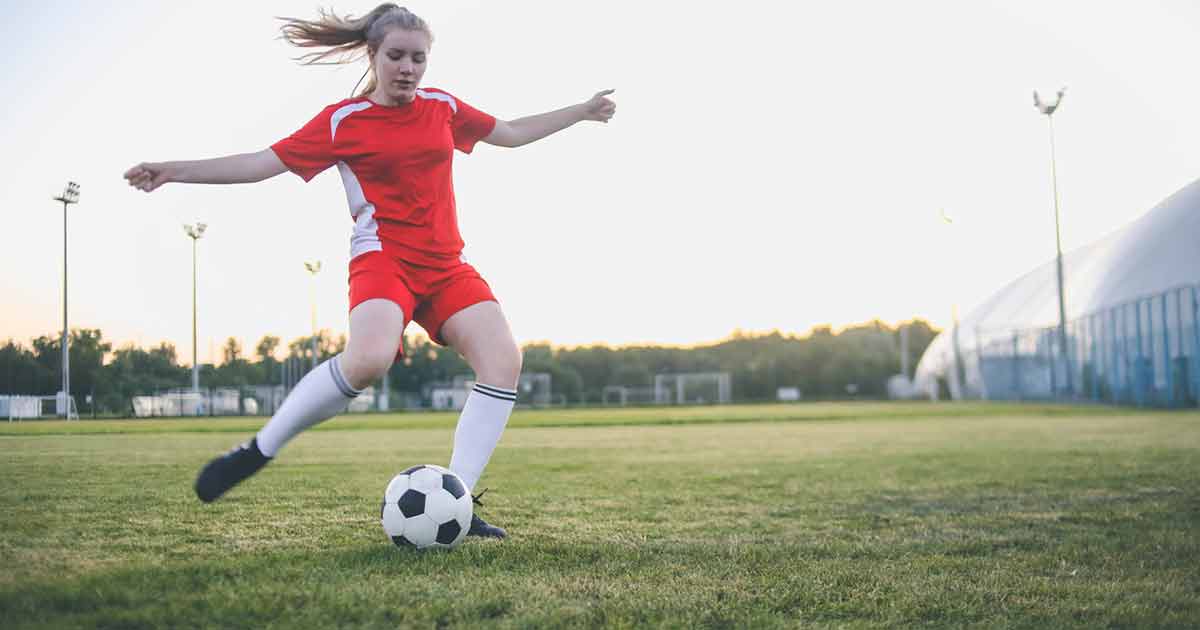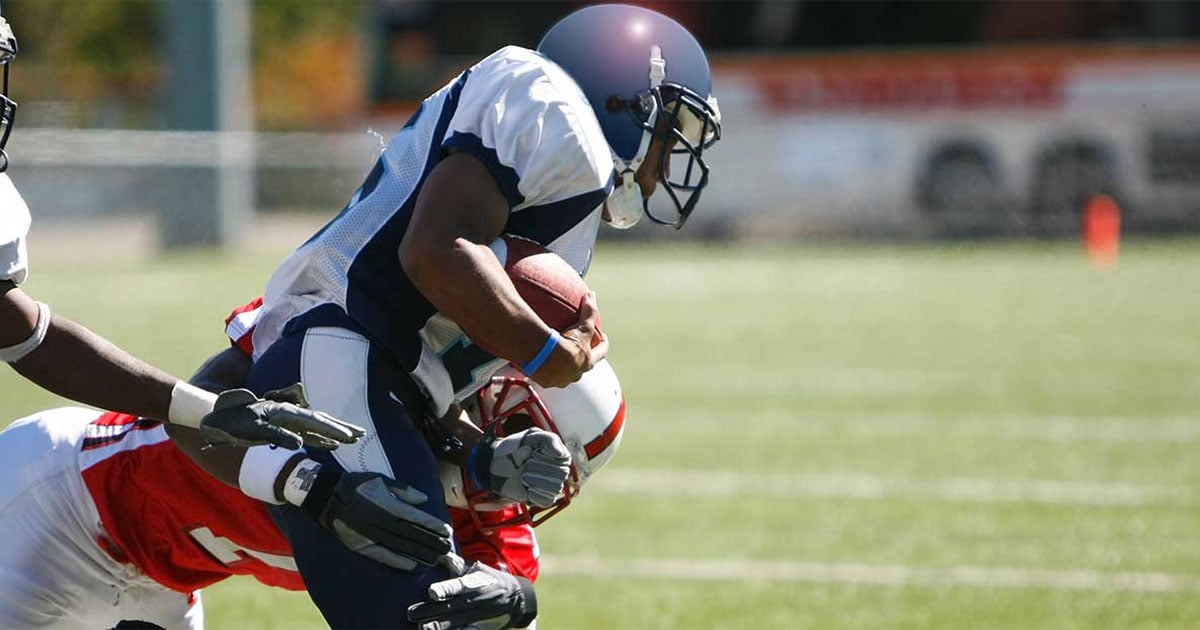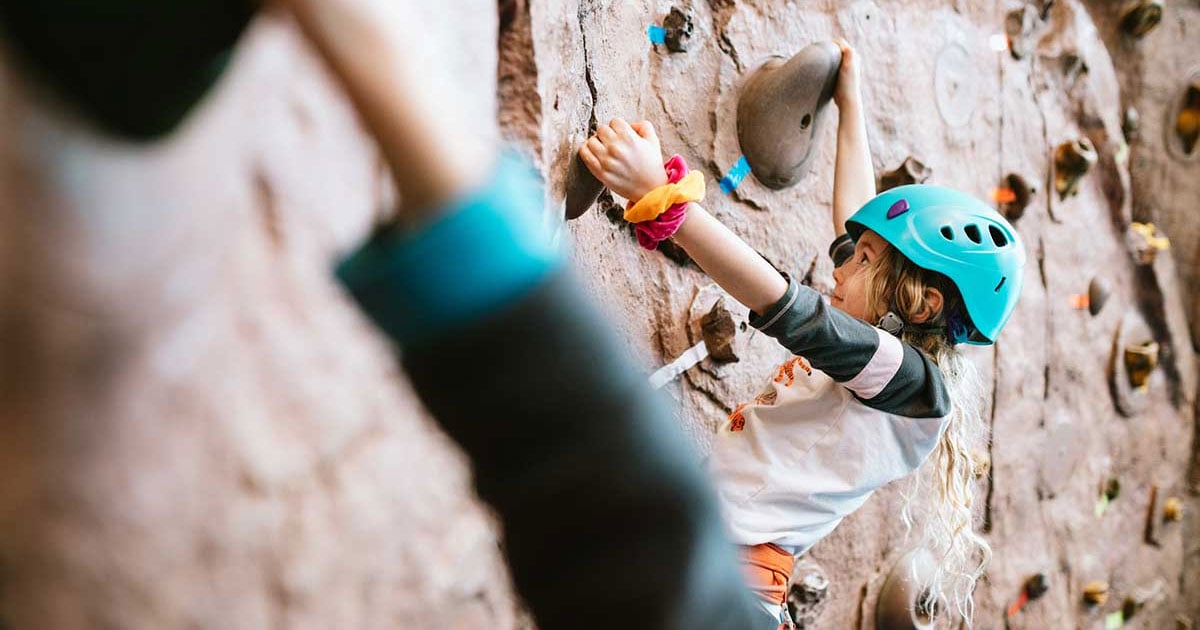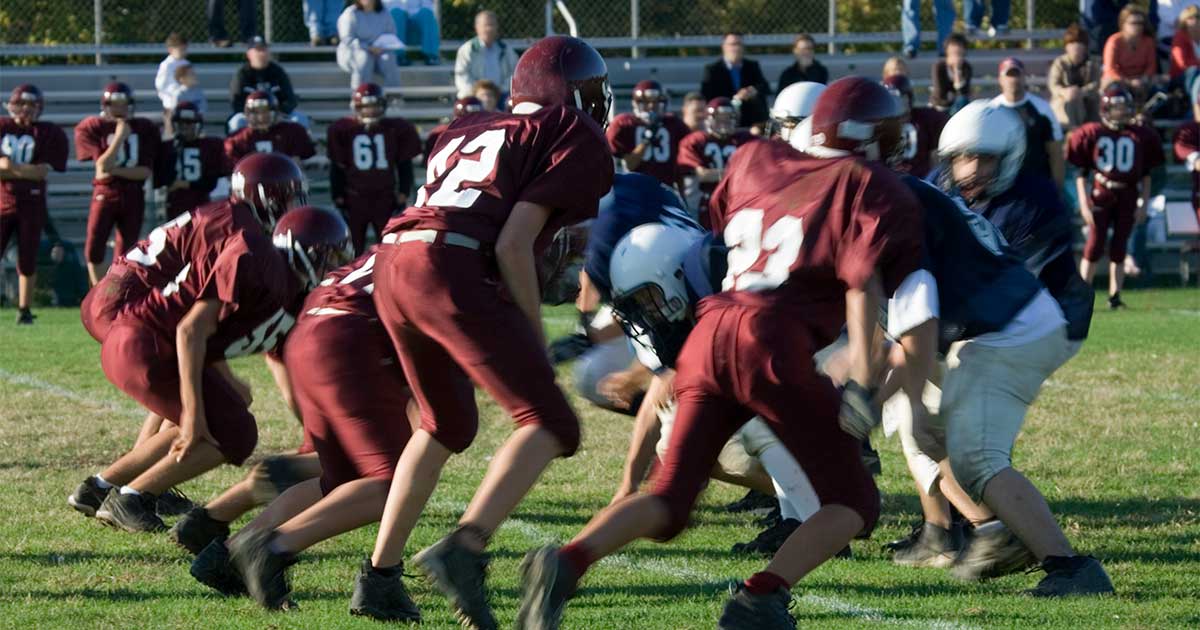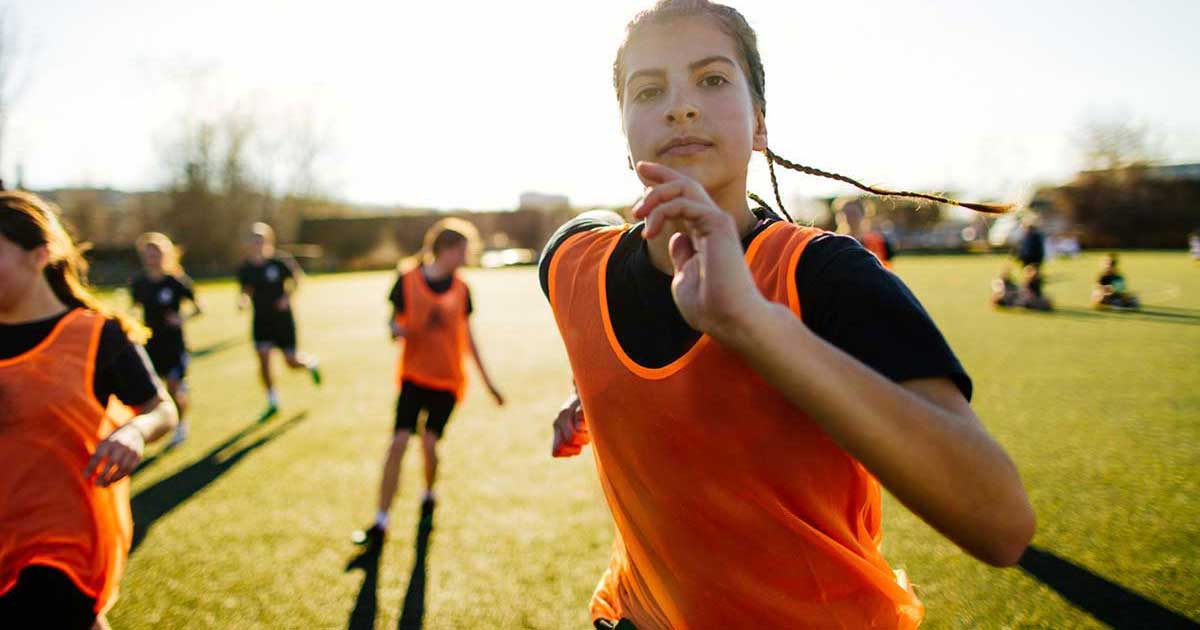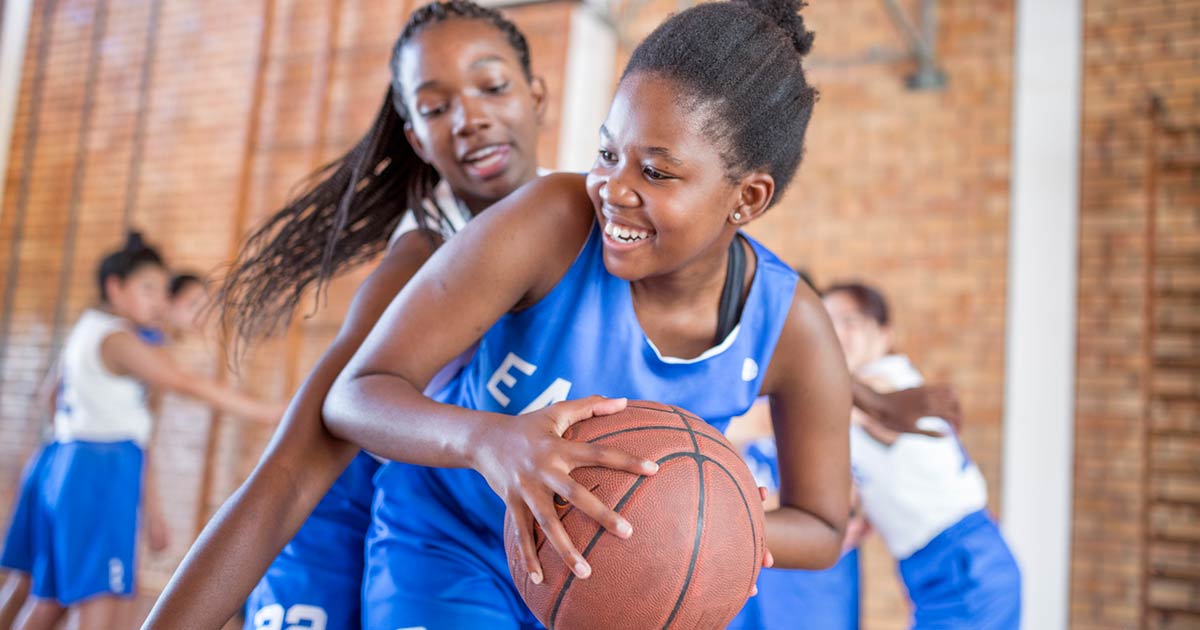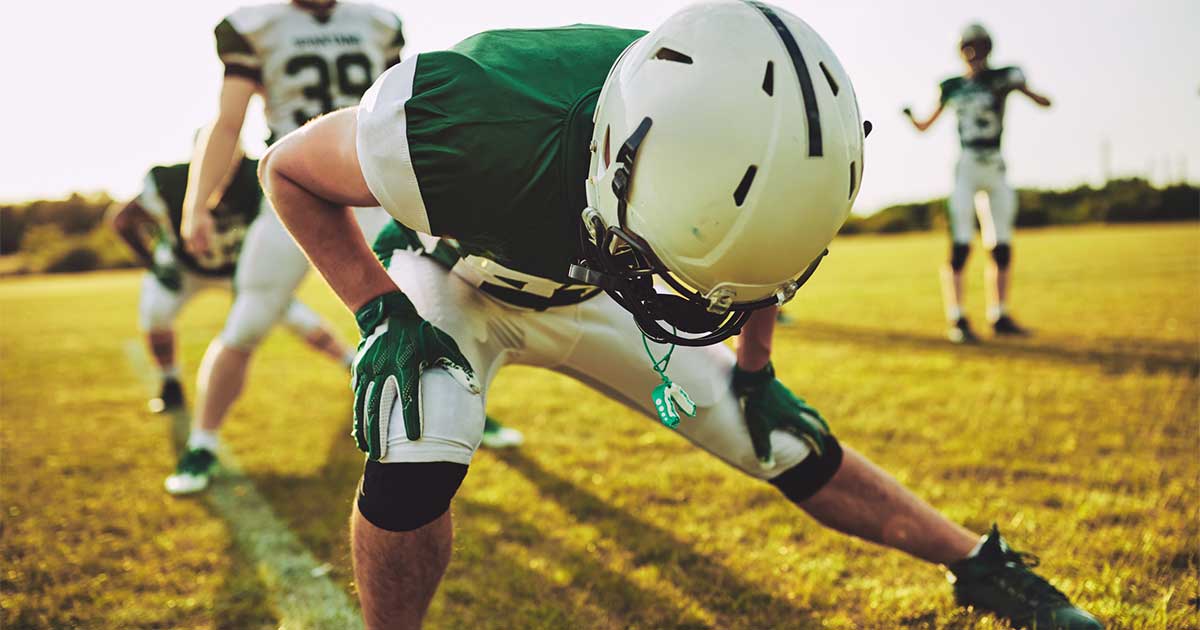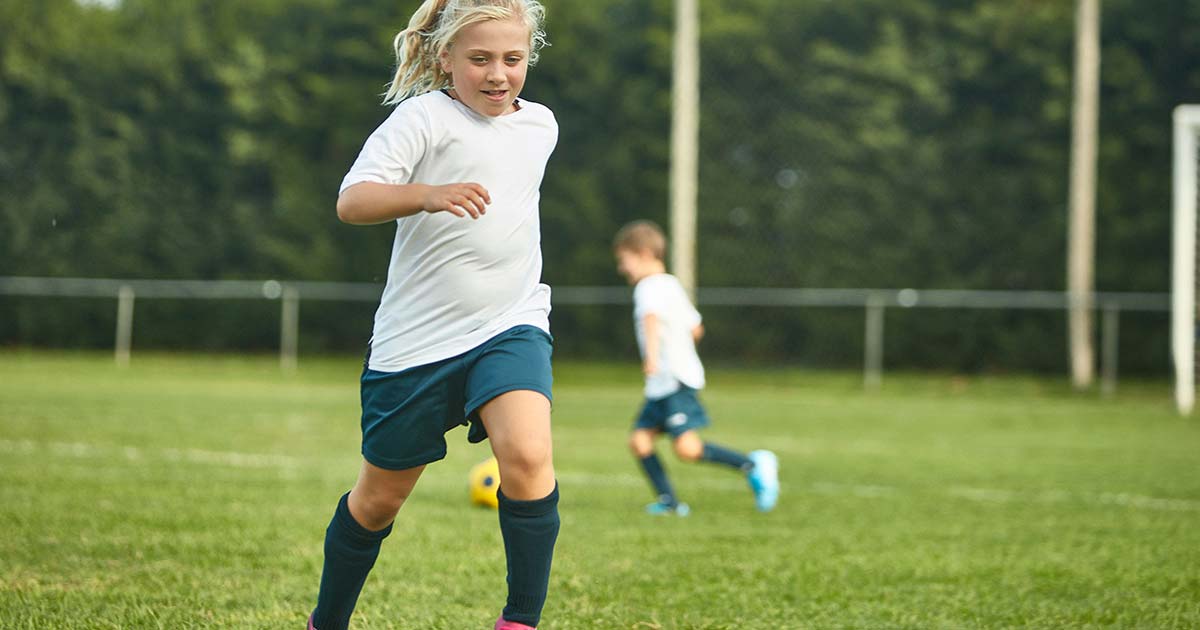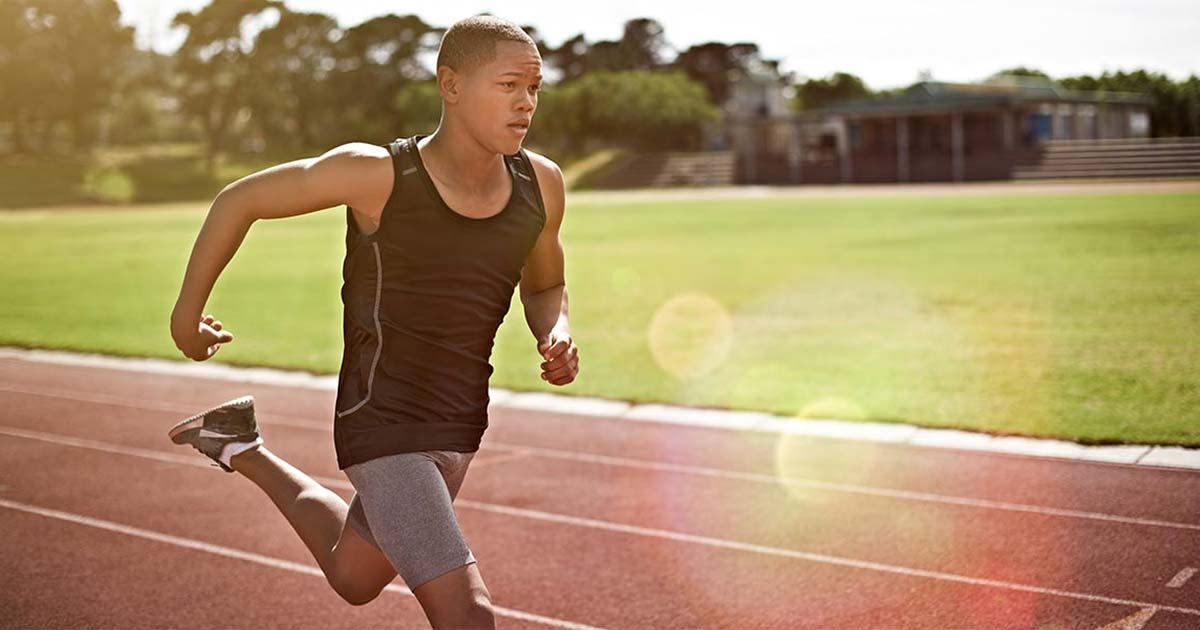Move Better Feel Better
Advice to improve your movement, fitness, and overall health from the #1 in orthopedics in the U.S.
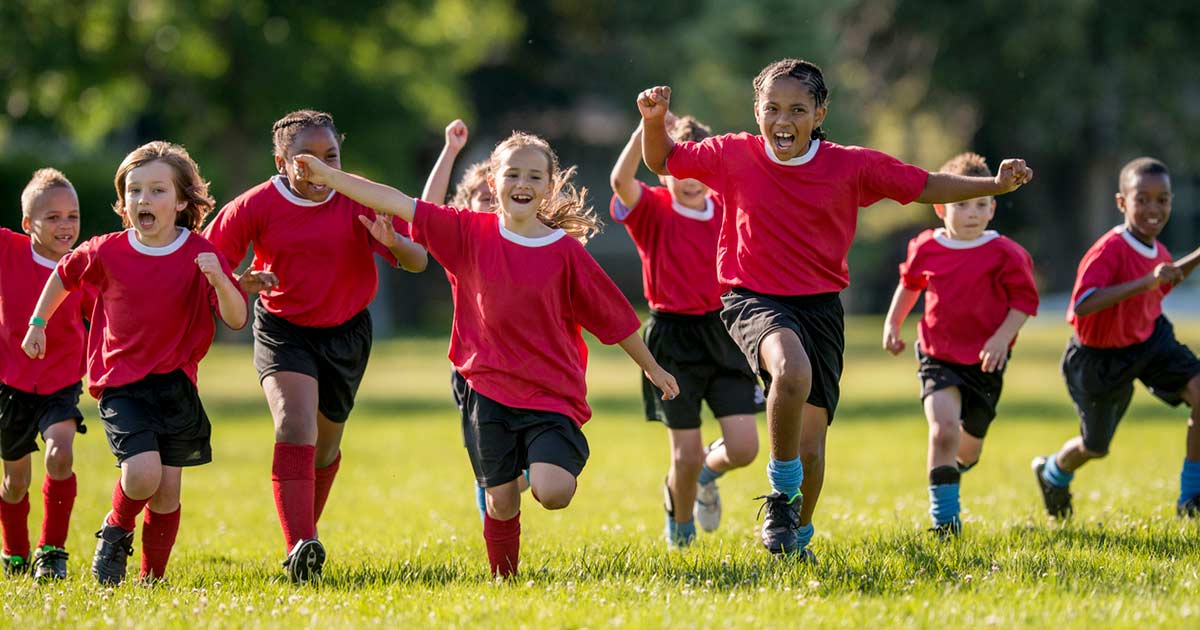
KIDS AND SPORTS
Keep kids in the game with tips to improve their performance while reducing their risk of injury.The Link Between Growth Hormone Therapy and Fracture Risk in Children
For parents whose children are undergoing growth hormone therapy, the focus might be on height and physical development, but consideration should also be given to potential impacts on bone health.
What Is a Metabolic Bone Disorder in Children?
This guide to metabolic bone disorders in kids explains what causes these bone issues, how a metabolic bone disorder is diagnosed and treated, and what can be done to protect children’s bone health.
What Happens During an MRI for Children?
This guide to MRI for kids helps parents and caregivers understand what to expect during a Magnetic Resonance Imaging (MRI) test.
Youth Sports and Injuries: What Every Parent Should Know
Discover essential information about youth sports injuries, including tips for parents on prevention and recovery.
Is it Possible to Predict Height?
Learn more about growth plates and how height in childhood predicts height in adulthood.
What Causes a Child to Limp?
If your child seems to have a limp, find out more about what might be behind it.
Why Sports Physicals Are Important for Young Athletes
Learn more about the potential issues that sports physicals can detect and how they can help lower the risk of serious complications.
Concussions in Kids and Teens: What Parents Should Know
Anyone can get a concussion, even the youngest children. Learn the symptoms and what to do about them.
Strength Training for Teens: What to Know
Strength training is a critical part of a comprehensive exercise plan for adults – but what about for adolescents? Is strength training safe for teens?
Why Soccer Players Are at Higher Risk of ACL Injury
Patterns of movement typical of soccer can cause stress on the knee, causing injury to the ACL.
How to Prevent Cheerleading Injuries
Modern cheerleading is a serious sport. What started as a squad cheering for their team on the sidelines has evolved to include powerful stunts, complicated jumps and acrobatic moves.
Post-Game Recovery Strategies for Soccer Players
It’s no surprise that soccer places a high demand on players, who run eight to 12 miles per match at a high intensity level, all while executing plays that could make or break their match.
Common Football Foot and Ankle Injuries
The explosive, shifting movements required in football, combined with the constant contact between players, make injuries extremely common in both adult and youth players alike.
The Benefits of Rock Wall Climbing for Kids of All Abilities
It’s like solving a puzzle on a wall, fostering problem solving, sequencing and fine and gross motor skills that can be translated into everyday activities.
ACL Injuries in Football: Causes, Treatment, Prevention
Knee injuries are very common in football players of all ages.
Intensive Participation in a Single Sport: Is It Good or Bad for Kids?
Pediatric orthopedic surgeon Peter Fabricant breaks down what you need to know about the effects of sports specialization on young kids.
Tips to Optimize Your Performance as a Basketball Player
Getting better at basketball may be simpler than you think.
A Guide to Cross-Training for Football Players
HSS exercise physiologist Max Castrogaleas shares three low-impact workouts that can increase stamina, lung capacity, performance and flexibility and reduce injury risk.
How to Choose the Right Sport for Your Child
Consider these three factors when helping your child decide what sport to pursue.
How to Prepare Your Kids for Injury-Free Running
Pediatric rehabilitation expert Yukiko Matsuzaki shares some simple tips to help your child enjoy running and avoid injury.

